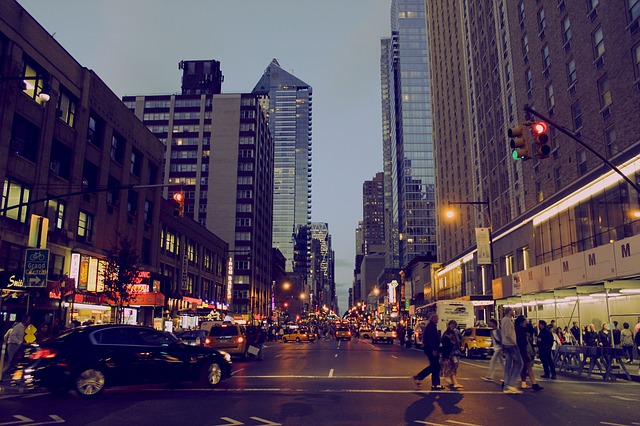For many countries around the world, traffic jams have become a symbol of progress. After all, traffic jams only happen because there are too many cars on the road, and if there are many cars traversing highways, it means that citizens have the resources to purchase it (whether this kind of reasoning is accurate or not, is beyond the topic of this article).
What people do not realize is that traffic jams have high economic costs. It reduces productivity, inflates transport costs which in effect raises the cost of goods, and it leads to high carbon emission which is believed to be the cause of climate change. The economic cost of traffic jams is said to amount to 0.8% of the GDP of four countries, with a majority of that amount due to wasted fuel, time better spend elsewhere, and increased business expenses.
This (and a number other reasons) has led to the development of automated cars. And though there have been important improvements in car automation, entire cities and countries are not yet ready to make the switch. Hence, the best we have at solving traffic jams at present is an AI-assisted traffic routing systems.
In this article Francesca Baker, she explores the various capacities and features of current AI-controlled traffic systems. According to Baker, such systems are already being used in places like Pittsburgh and Germany. Through this system, an AI is able to detect the number of road users and the types of vehicle at an intersection, and then decide the best way to move traffic. Decisions are done autonomously (changing traffic lights, re-routing roads), and through wireless connection, such decisions are shared to the next intersection so that AI there could understand (and react) to what’s coming their way.
Why It Matters
This kind of AI will offer a lot of advantage, including addressing the economic costs of traffic jams. If workers can avoid traffic jams altogether, one can expect their well being to also increase. Thanks to the predictability of the commute, passengers would find lesser stress on the way to work or school, and they would have more time to spend doing the things they love to do.
While the society would truly benefit with an AI that can solve traffic jams, it is still important for the system to be “explainable”, especially since there are traffic policies in place that people have gotten used to. Moreover, many motorists might resist following the AI-controlled traffic system if they cannot understand how it works. Drivers would also have to be able to make decisions alongside the AI so that they can make appropriate action in case something wrong happens in the road.
Read Original Article
Read Online
Click the button below if you wish to read the article on the website where it was originally published
Read Offline
Click the button below if you wish to read the original article offline.
